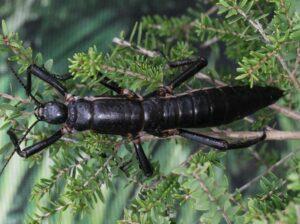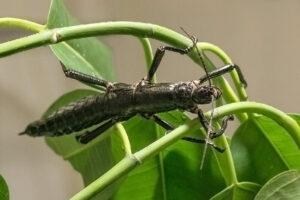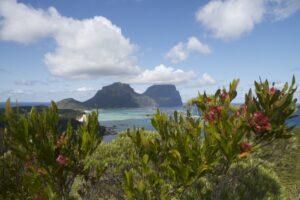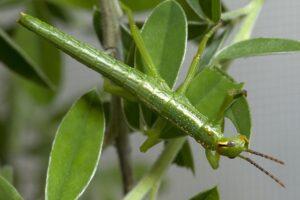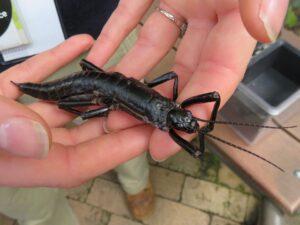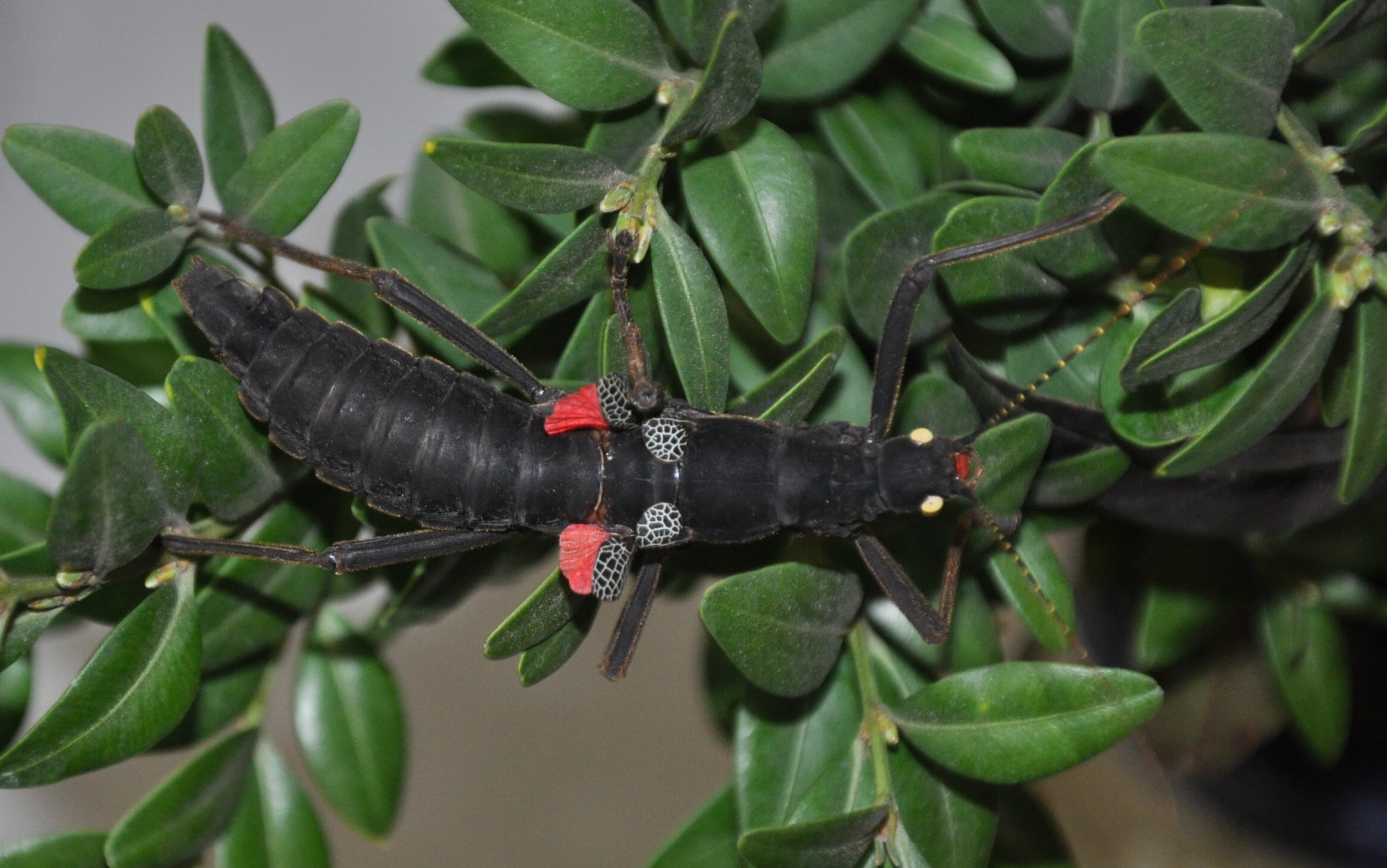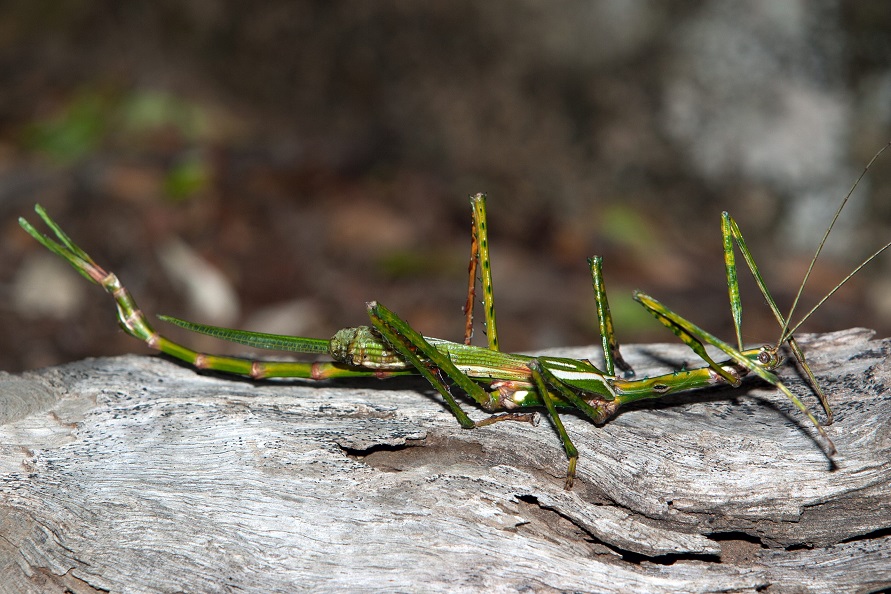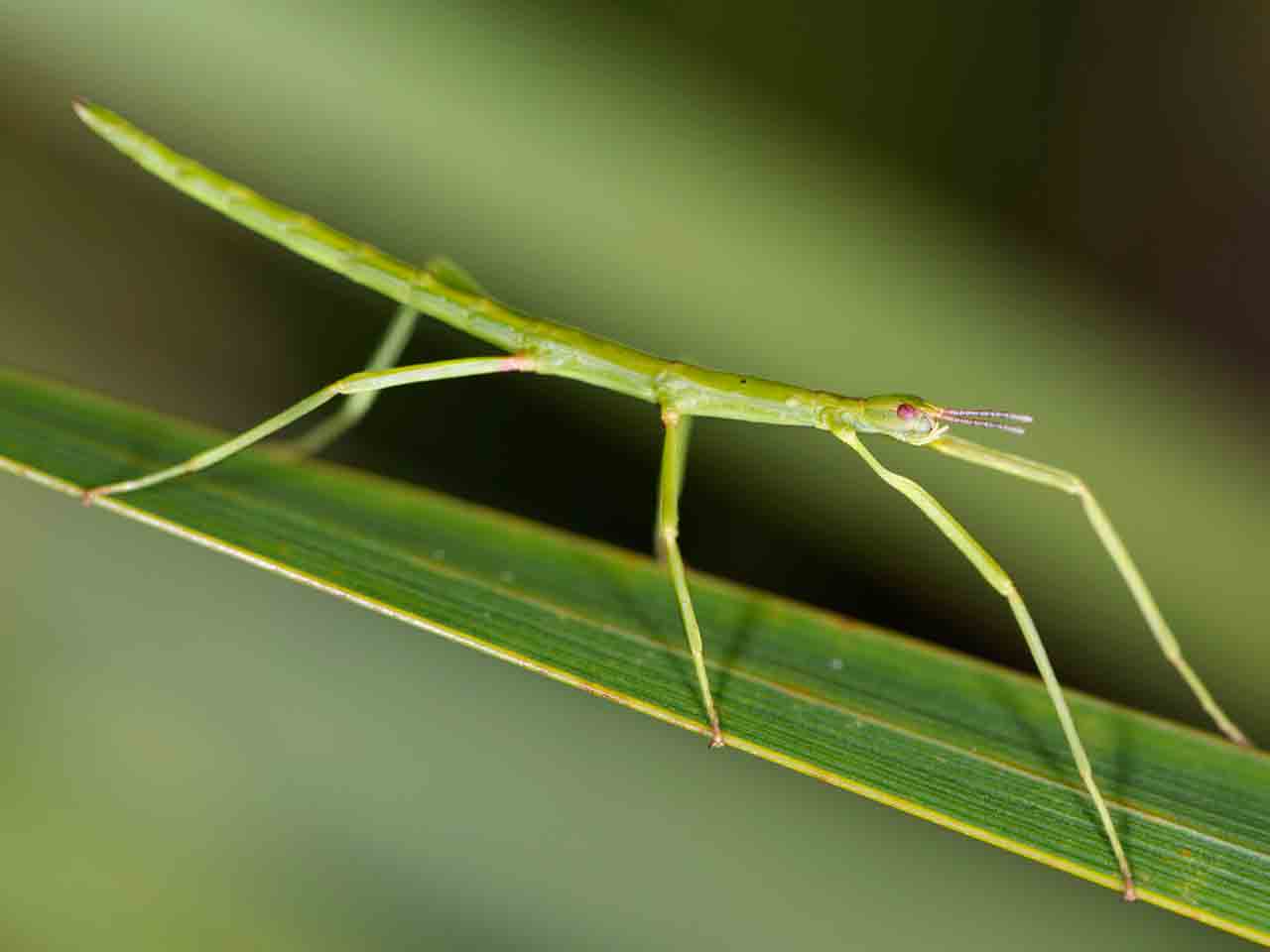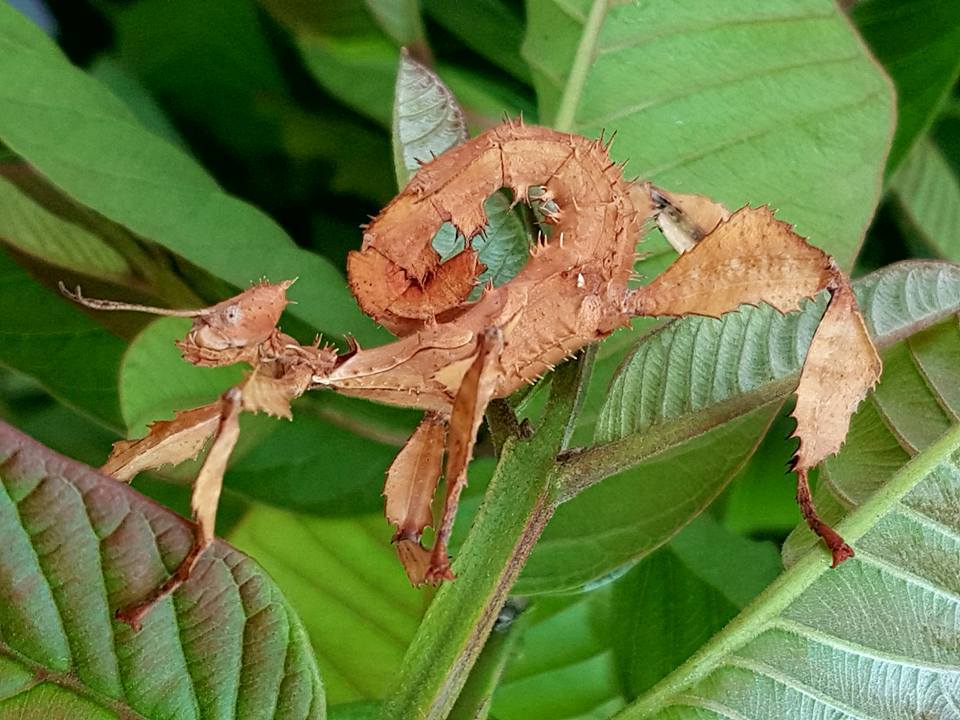Lord Howe Island Stick Insect (Dryococelus australis)
Updated on
17/11/2022The Lord Howe Island stick insect, alternately called the tree lobster, is endemic to Lord Howe Island, as evident from its name. It is the only member belonging to its genus that went on the verge of becoming extinct in 1920, an infestation of black rats being one of the primary reasons behind their rapid depletion. The impact of these rats was so fierce that it became the reason behind the extermination of twelve invertebrates and five bird species. It is the world’s rarest insect, assessed as Critically Endangered by the IUCN.
Scientific Classification
- Class:Insecta
- Order:Phasmatodea
- Family:Phasmatidae
- Genus:Dryococelus
- Species:D. australis
Conservation Status
Description
These stick insects reach a length of 8 inches (20 cm) and a weight of around 1 oz (25 pounds). Sexual dimorphism is observed in size, the males being 25% smaller than their female counterparts. They even have oblong-shaped smooth bodies, square heads, and sturdy legs. The thighs appear stockier and thicker in males than in females. Unlike most other stick insects, this species lack wings.
Distribution: Endemic to Lord Howe Island (a group of Australian volcanic islands in the Tasman Sea); presently, a small population survives on a small island in the Ball’s Pyramid (lying to the southeastern part of Lord Howe Island)
Habitat: In plant debris or near the base of shrubs
Do they bite: No
Lifespan: 12 -18 months
Predator: Black rats
Behavior and Characteristics
Diet
These nocturnal insects mainly feed on the leaves of a single plant species, i.e., the melaleuca bush.
Social
Little is known about their social behavior, as barely 20-30 are left in the wild. However, researchers Lee and Honan observed individuals belonging to different age groups using the same space for shelter.
Locomotion
They mostly motion backward and forwards at a slow pace. However, when these insects perceive a threat, they would move quickly, taking refuge in a protected place. Since they have no wings, the Lord Howe Island stick insects cannot fly.
Life Cycle
They mate thrice each night, with each session lasting around twenty minutes. However, female stick insects can even reproduce asexually through parthenogenesis (without the help of males), which is common among most stick insect species. The unfertilized egg eventually hatches to develop into a female stick insect.
1. Egg Stage
After laying the eggs, the females safely bury them inside the soil. They appear beige, with a reticulated or raised pattern, measuring around 0.2 inches. The female lays around 300 eggs throughout their life in nine batches that take nine months to hatch.
2. Nymph Stage
The nymphs have a dark green coloration initially and are diurnal. However, they become black with maturation and mostly remain active at night like adults.
History and Conservation
Once common in Lord Howe Island and often used as fishing bait, these insects were extinct in 1918 when black rats that came along with a supply ship infested the island. Not a single species of these insects were spotted in 1920. In 1964, climber’s coming to the Ball’s Pyramid area came across a dead insect of this species. This continued for a few more years when people often spotted dead Lord Howe Island stick insects. However, there was no trace of any live specimen.
The attempt was successful in 2001, when David Priddle, and Nicholas Carlile, two Australian scientists, deduced that the island had sufficient vegetation to suffice for a significant insect population. They ventured to the island again and spotted 24 living stick insect species dwelling below their host plant, the Melaleuca shrub, amidst plant debris.
A New South Wales research team visiting the island in 2003 got hold of two breeding pairs. One of them was given to a Sydney breeder, while the second species was transported to Melbourne Zoo. Breeding these insects in captivity was one of the main motives: increasing their numbers. In 2006 the zoo had around 50 captive individuals with several eggs waiting to hatch. In 2008, there was a whopping increase in their population, to 700 individuals and about 11,376 eggs. 200 of the 700 insects were brought to Lord Howe Island, made to thrive in special habitats. In April 2012, the number increased further. At the start of 2016, 13,000 eggs hatched in the Melbourne zoo. The eggs were transported to Canada’s Toronto Zoo, the United State’s San Diego Zoo, and England’s Bristol Zoo to establish populations there. Presently, 30 populations exist on Lord Howe Stick Island, with black rats still a significant problem. It is hoped that the breeding populations from Melbourne Zoo will be re-introduced to Lord Howe Island.
Source
pulseheadlines.com, sandiegozoo.org, rememberthewild.org.au, i.pinimg.com, 2.bp.blogspot.com




